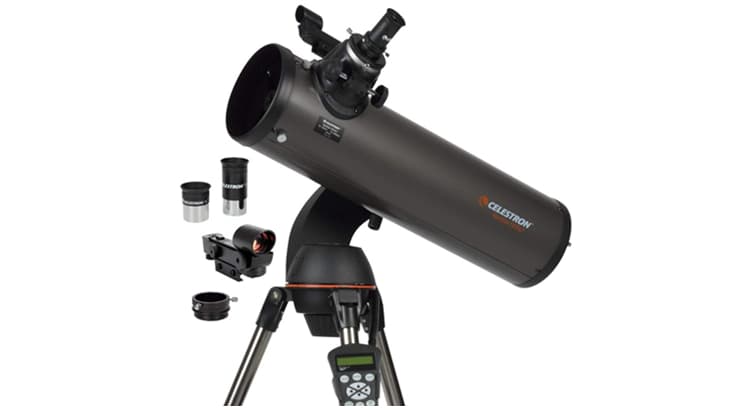Astronomy, the study of celestial objects and phenomena beyond Earth’s atmosphere, relies heavily on telescopes as primary tools for observation and research.
From unraveling the mysteries of distant galaxies to studying the intricate details of planets within our solar system, astronomers utilize a variety of telescopes tailored to different wavelengths and purposes.
In this article, we’ll delve into the telescope arsenal of astronomers, exploring the diverse range of instruments used to explore the cosmos and unlock its secrets.
Optical Telescopes: Peering into the Visible Universe
Optical telescopes, which gather and focus visible light, form the backbone of astronomical observation. These telescopes come in various designs, including refractors, reflectors, and catadioptrics, each offering unique advantages for studying celestial objects.
Refracting telescopes, like the classic designs pioneered by Galileo, use lenses to gather and focus light, providing crisp views of planets, stars, and galaxies. Reflecting telescopes, such as the iconic Newtonian and Cassegrain designs, employ mirrors to capture and focus light, offering larger apertures and reduced chromatic aberration.
Catadioptric telescopes, like Schmidt-Cassegrain and Maksutov-Cassegrain designs, combine lenses and mirrors to achieve compact, versatile instruments ideal for planetary and deep-sky observation.
Radio Telescopes: Listening to the Cosmic Symphony
In addition to optical telescopes, astronomers rely on radio telescopes to study the universe at longer wavelengths invisible to the human eye. Radio telescopes detect and analyze radio waves emitted by celestial objects, providing insights into phenomena such as pulsars, quasars, and cosmic microwave background radiation.
These telescopes come in various configurations, from single-dish antennas to interferometric arrays spanning vast distances, allowing astronomers to map the radio sky with unprecedented detail and precision.
Examples of prominent radio telescopes include the Very Large Array (VLA) in New Mexico, the Atacama Large Millimeter/submillimeter Array (ALMA) in Chile, and the Green Bank Telescope (GBT) in West Virginia.
Space Telescopes: Beyond the Limits of Earth’s Atmosphere
While ground-based telescopes offer valuable insights into the cosmos, space telescopes provide unparalleled views free from the distortion of Earth’s atmosphere.
These telescopes observe across the electromagnetic spectrum, from ultraviolet and X-ray to infrared and gamma-ray wavelengths, unlocking new realms of cosmic discovery. Space telescopes, such as the Hubble Space Telescope (HST), the Chandra X-ray Observatory, and the Spitzer Space Telescope, have revolutionized our understanding of the universe, capturing stunning images of distant galaxies, probing the secrets of black holes, and studying the formation of stars and planets.
Gamma-ray Telescopes: Exploring the High-Energy Universe
Gamma-ray telescopes detect and analyze gamma rays, the highest-energy form of electromagnetic radiation, emitted by some of the most extreme and violent phenomena in the universe. These telescopes, such as the Fermi Gamma-ray Space Telescope and the upcoming Gamma-ray Burst Monitor (GBM) on the James Webb Space Telescope, provide insights into phenomena such as gamma-ray bursts, pulsars, and supernova remnants.
By studying gamma-ray emissions, astronomers can probe the most energetic processes in the cosmos, shedding light on the nature of dark matter, dark energy, and the fundamental laws of physics.
Conclusion
In conclusion, astronomers utilize a diverse array of telescopes to explore the cosmos and unlock its secrets across the electromagnetic spectrum.
From optical telescopes peering into the visible universe to radio telescopes listening to the cosmic symphony, and from space telescopes transcending the limits of Earth’s atmosphere to gamma-ray telescopes probing the high-energy universe, each instrument plays a vital role in advancing our understanding of the cosmos.
With these telescopes at their disposal, astronomers continue to push the boundaries of knowledge, revealing the wonders of the universe with precision, insight, and boundless curiosity.





